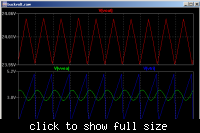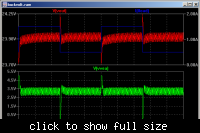Newbie_01
Newbie level 4

I am using type II amplifier feedback control in my forward converter design, I have been experimenting with output capacitors, increasing ESR of output cap increases crossover freq, reducing gain and phase too. I have been unable to successfully restore improved levels by altering any other values in this loop. Any advice/direction to go, I am new to this but very interested to improve my skills.










